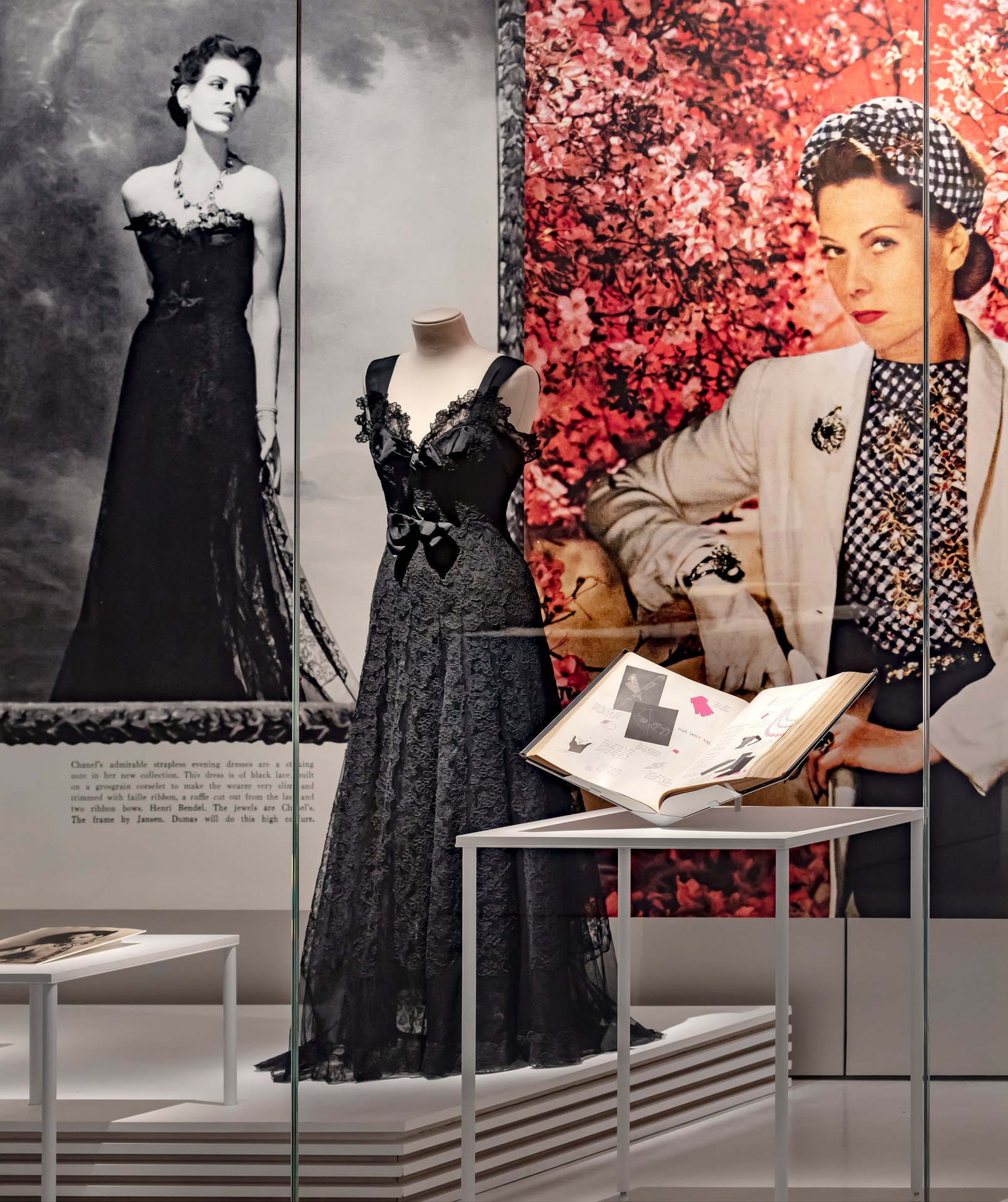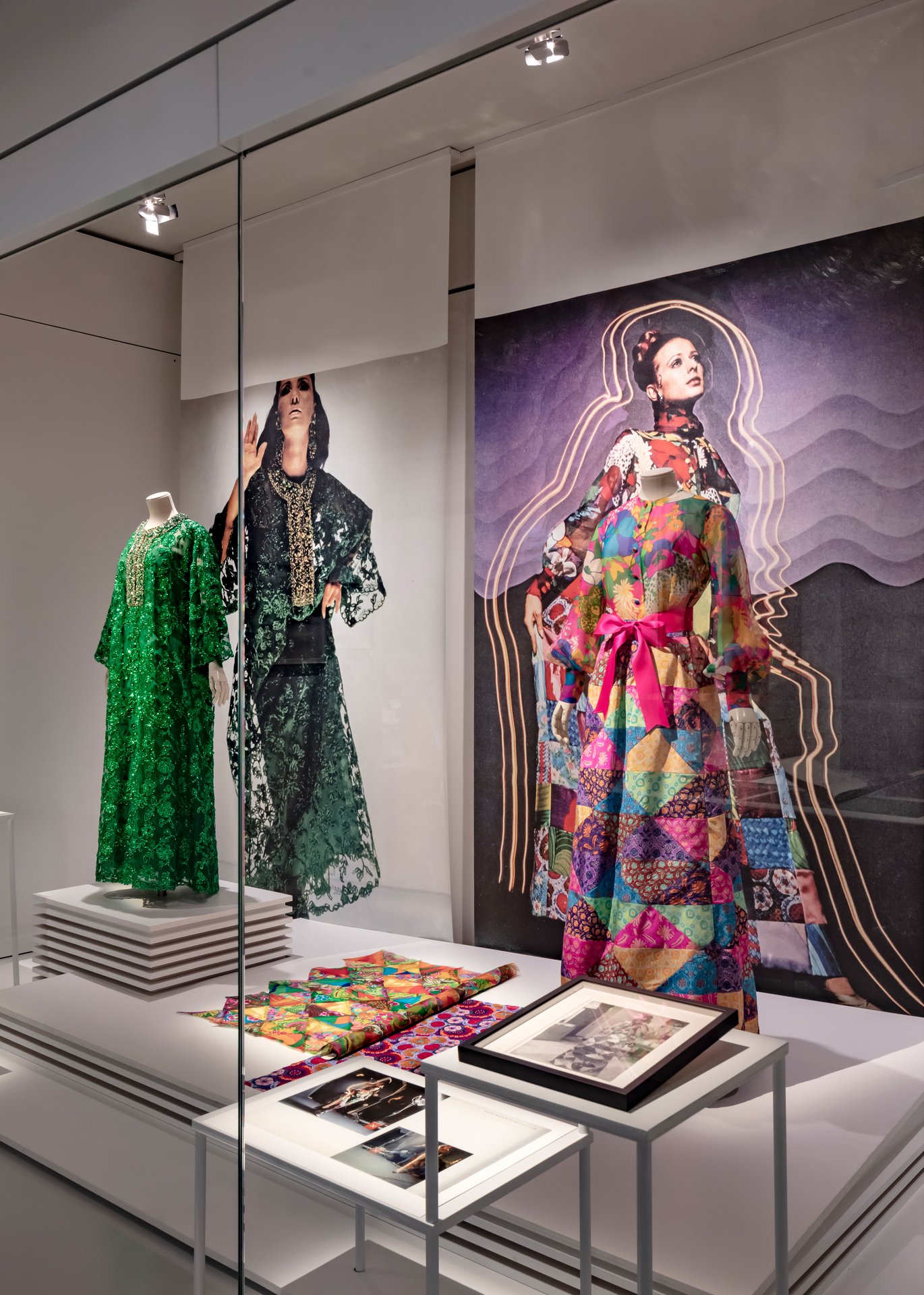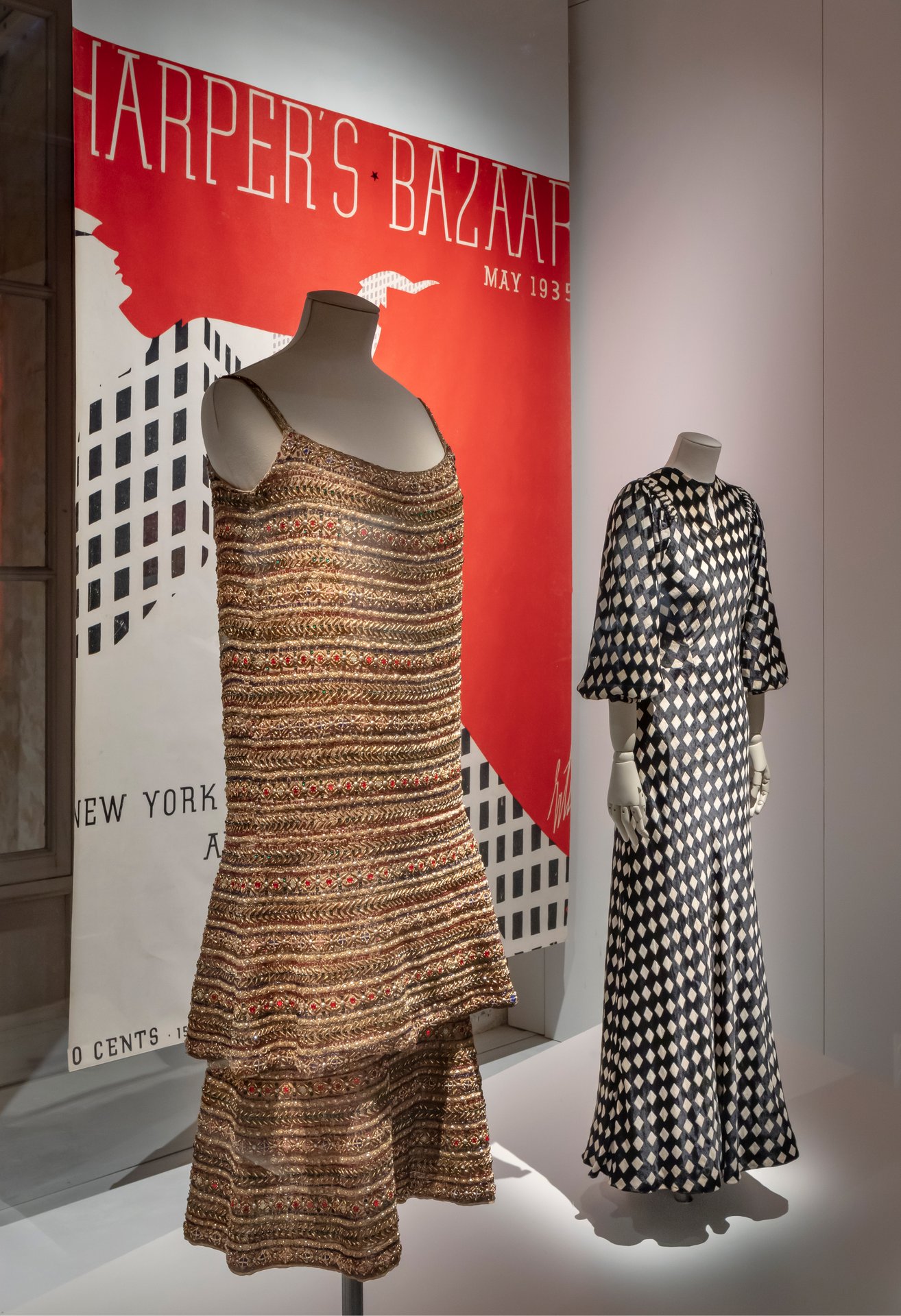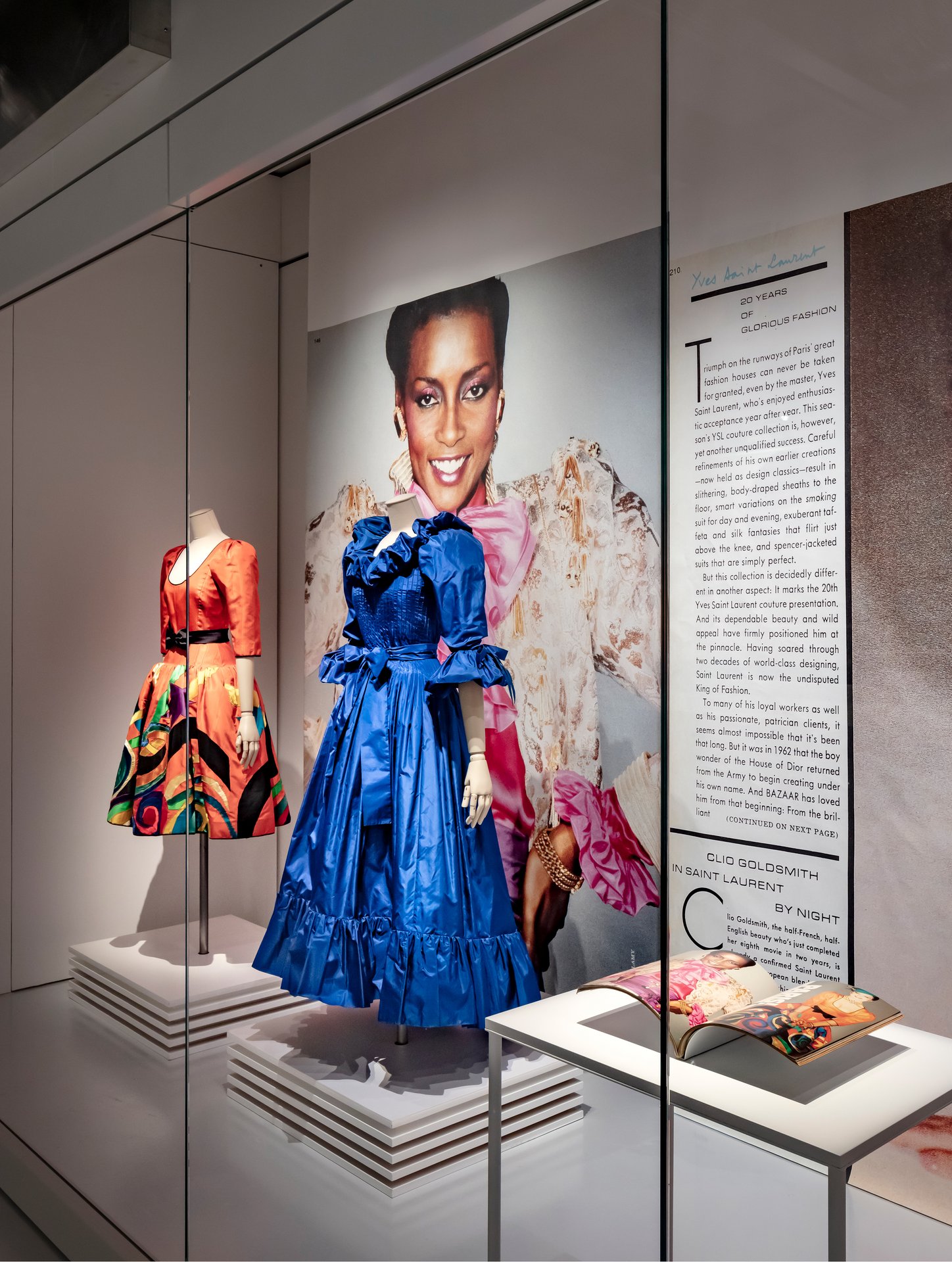Celebrating 153 Years of Fashion in Harper’s Bazaar
February 29, 2020
Roxanne Robinson






PHOTOS BY LUC BOEGLY
Previous

DVF, With Honors
February 29, 2020
Roxanne Robinson






PHOTOS BY LUC BOEGLY

DVF, With Honors